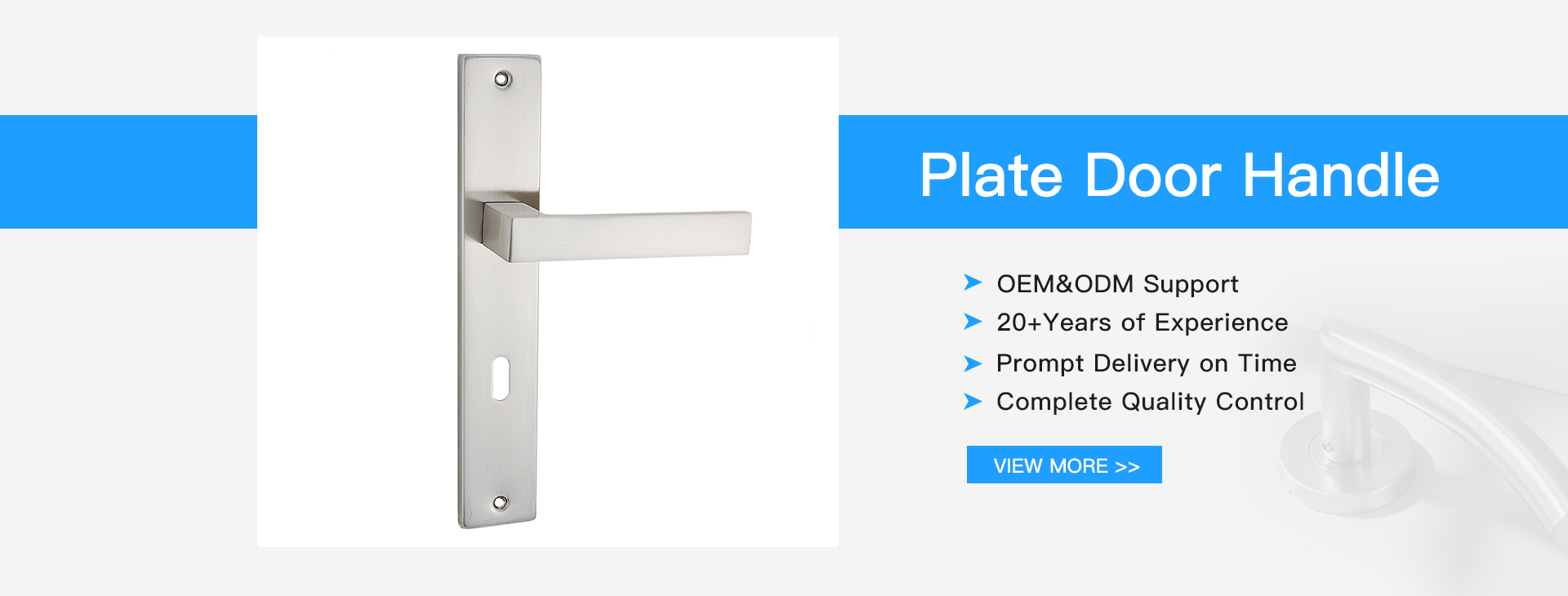Solution analysis of springs on fluid type research programming
Since the calculated spring coefficient involves coupling, general finite element analysis software like SAP90 and ALGOR91 do not support direct handling of coupled springs. Therefore, mechanical analysis is required to adapt these programs for solving problems related to coupled springs in structural systems. The approach involves defining the original structure's spring constraints, where D11 represents the compliance coefficient of the translational spring at the base, D22 refers to the compliance coefficient of the rotational spring, and D12 is the coupling flexibility coefficient between translation and rotation. This paper introduces a method to convert the original coupled spring system into an equivalent non-coupled system. The equivalent system consists of a rigid rod of length L with two translational compliance coefficients, Da and Db. This simplified model can be easily analyzed using standard finite element software such as SAP90 or ALGOR91. To establish the relationship between the flexibility coefficients of both systems, a unit force F=1 is applied at one end of the rigid rod, resulting in Da=D11 and L=D11/D12. Similarly, applying a unit moment M=1 leads to H=D22, and by analyzing the equilibrium, we derive Db = (L²D22 - Da). Finally, the stiffness of the equivalent system is given by Ka=1/Da and Kb=1/Db, with L=D11/D12. This transformation allows the use of general-purpose finite element programs for accurate structural analysis.
A comparison of the results from the cable-stayed bridge model shows that the vibration characteristics calculated by a self-developed finite element program, which accounts for the effects of coupled springs, are consistent with those obtained using the equivalent non-coupled spring system processed through the method proposed in this paper. Both SAP90 and ALGOR91 were used to analyze the transformed system, and all three programs produced similar natural vibration periods for the first 30 modes. This confirms the feasibility of the proposed method. Dynamic response analysis was also conducted using the self-programmed finite element code and the equivalent non-coupled system in SAP90. The results from different methods showed good agreement, validating the effectiveness of the technique. A case study on the Wuhu cable-stayed bridge further demonstrates the practical application of this method, showing its ability to accurately compute the vibration characteristics and dynamic responses of critical components. Overall, this approach provides a simple and efficient way to handle coupled springs within general finite element software, expanding their applicability in structural engineering.

Plate Door Handle,European Style Handle,Angle Door Lever Handle,Waved Zinc Chrome Plated
ONLEE HARDWARE CO.,LTD , https://www.onleehardware.com